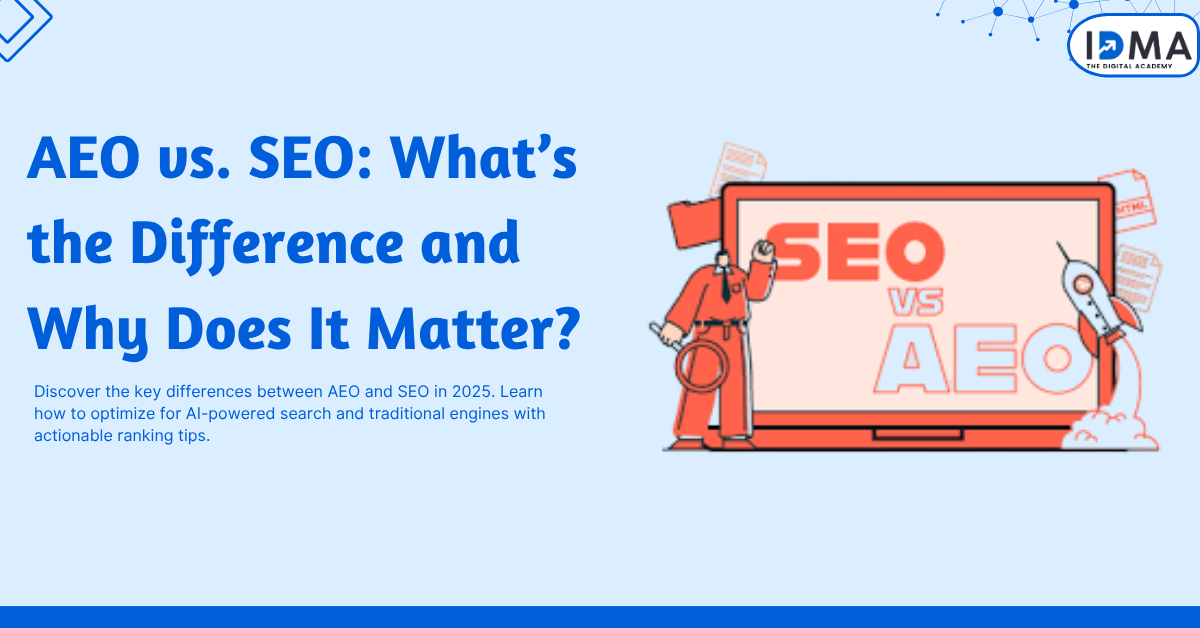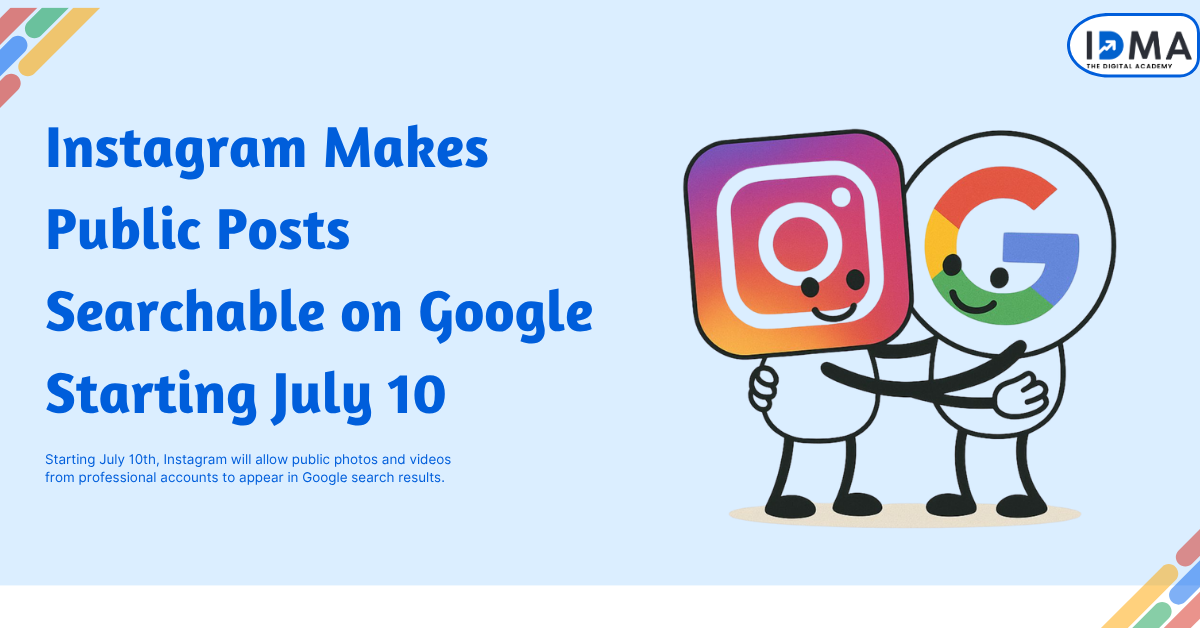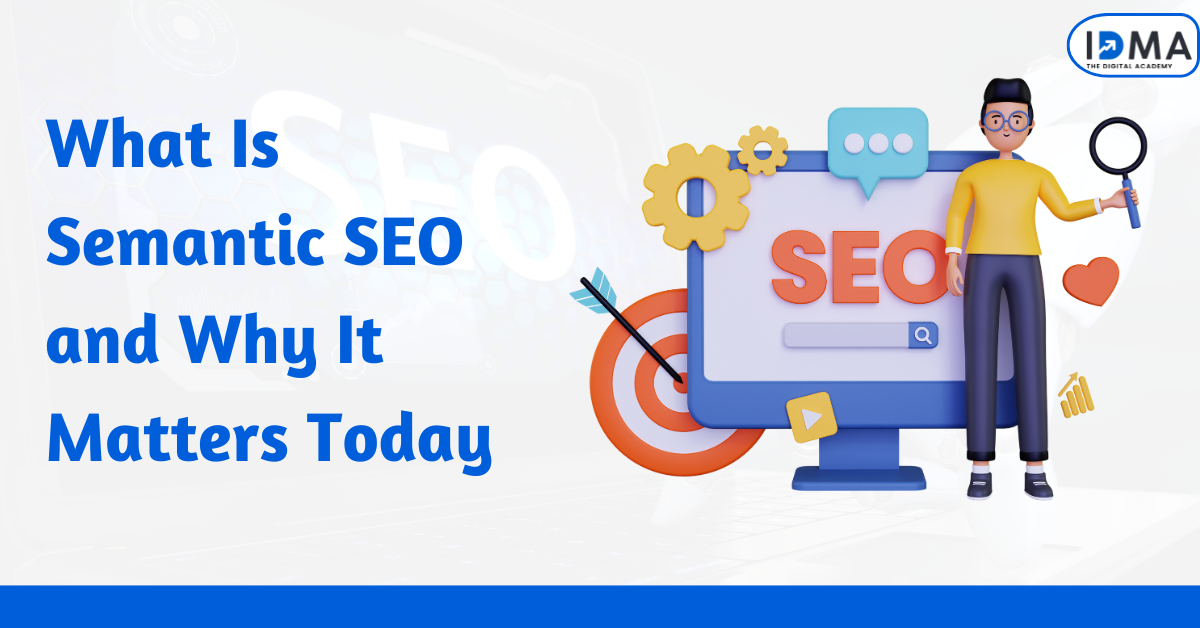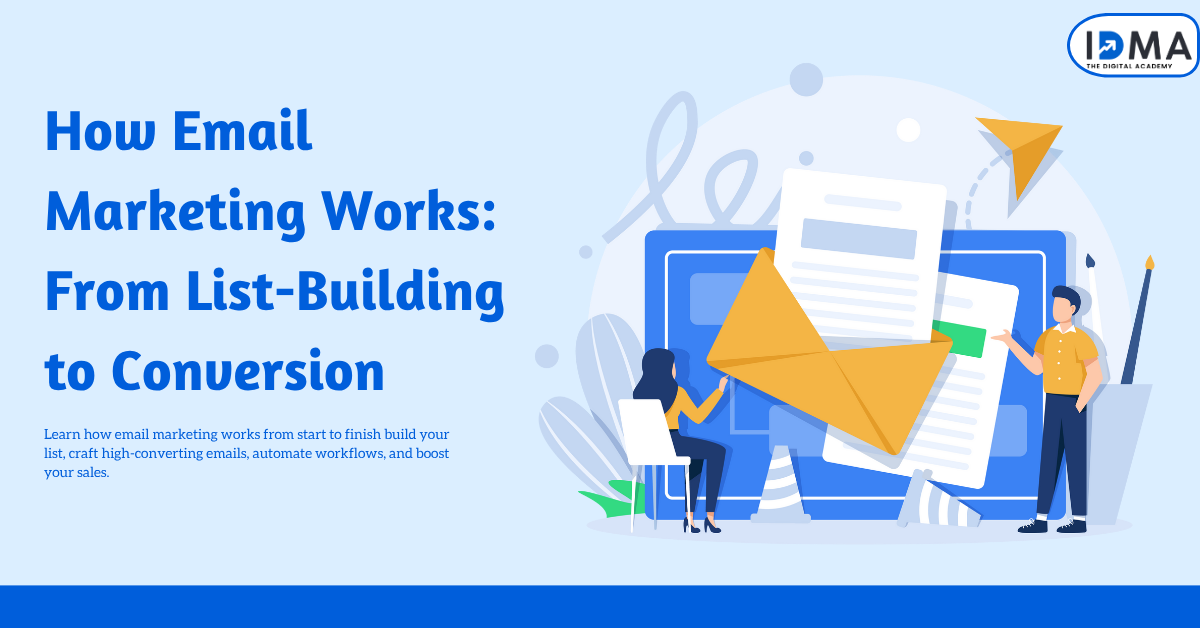About 65% of businesses see pay per click advertising as key to their marketing. It’s vital to grasp what PPC advertising is and how it functions. This guide will cover the basics of PPC and its role in digital marketing.
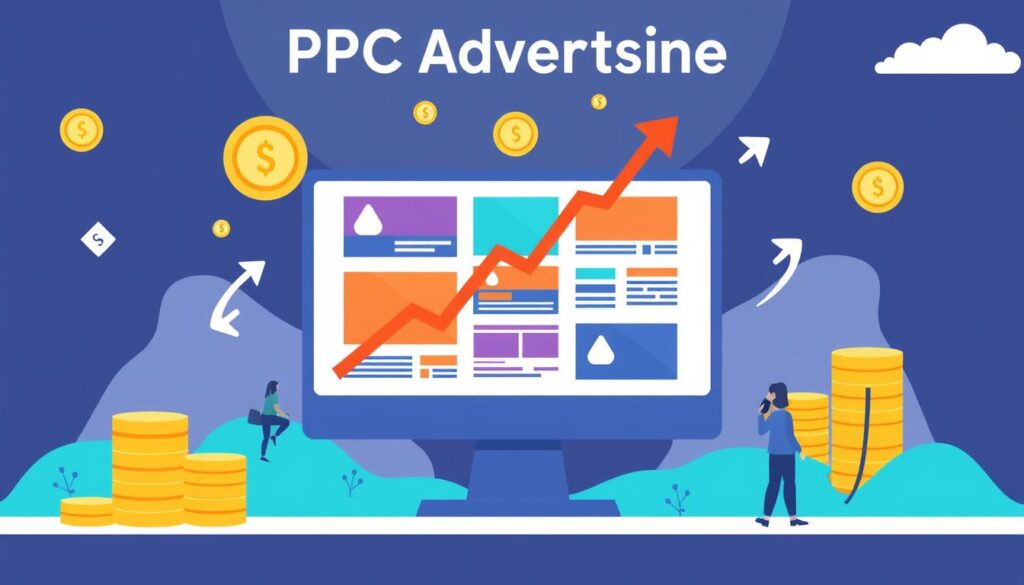
Digital marketing can be complex, but PPC advertising offers clear benefits. It’s a cost-effective way to find new customers. We’ll give a detailed look at PPC advertising, making it easy for newcomers to understand.
Key Takeaways
- PPC advertising is a crucial part of digital marketing strategies
- Understanding what is ppc advertising is essential for businesses to reach their target audience
- Pay per click advertising can be a cost-effective way to reach potential customers
- A beginner’s guide to ppc is necessary to navigate the complexities of digital marketing
- PPC advertising plays a significant role in helping businesses achieve their marketing goals
Understanding PPC Advertising Fundamentals
Pay-per-click advertising is a key part of digital marketing. It lets businesses show ads on Google, Bing, or social media. They only pay when someone clicks on their ad. To start, you need to know about keywords, ad groups, and landing pages.
Understanding PPC campaigns means targeting your audience well. It also means measuring ad success and tweaking your strategy. By learning these basics, businesses can use PPC to their advantage. This includes targeted ads, measurable results, and flexible budgets.
Definition of Pay-Per-Click Advertising
Pay-per-click advertising means you pay for each ad click. It’s a way for businesses to reach their audience more effectively. They only pay for ads that interest users and bring them to their site.
Key Components of PPC Campaigns
A good PPC campaign has a few key parts:
- Ad groups: These are ads with similar keywords and targets.
- Landing pages: Where users go after clicking on your ad.
Why Businesses Use PPC Marketing
Businesses like PPC marketing for many reasons. It offers targeted ads, measurable results, and flexible budgets. By understanding PPC, companies can make ads that bring in traffic, leads, and sales. As we dive deeper into PPC, we’ll see how it’s become crucial for businesses to connect with their audience.
The Evolution of Pay-Per-Click Marketing
Exploring pay-per-click marketing shows its growth. Starting with ppc ads is now easier, thanks to tech and changes in how people shop. The industry has grown, with new ad types and more focus on mobile ads.
When starting with ppc ads, it’s key to know the industry’s changes. Important factors include:
- More focus on making ads user-friendly
- Improvements in targeting and personalizing ads
- Mobile ads becoming more important
Pay-per-click marketing is now a big part of digital marketing. It helps businesses reach more people and get more sales. Knowing how PPC has evolved helps us see its value. It’s important to keep up with new trends and best practices for ppc ads.
| Year | Key Development |
|---|---|
| 2000 | Introduction of Google AdWords |
| 2010 | Rise of mobile advertising |
| 2020 | Increased focus on user experience and ad personalization |
How PPC Advertising Works
Exploring ppc advertising means understanding its core. We’ll look at the bidding process, quality score, and managing costs. These are key for beginners.
In ppc advertising, the bidding process is key. Advertisers compete for space, with bids based on keyword relevance and ad quality.
The Bidding Process Explained
Advertisers set a maximum cost-per-click (CPC) bid. The highest bidder gets the space, but the actual CPC is often less than the bid.
Quality Score and Ad Rank
Quality score is crucial for ad rank. It’s based on keyword relevance, ad copy, and landing page quality. A high score means better visibility and lower costs.
Cost Management in PPC
Managing costs is essential in ppc strategies. It involves setting budgets, bidding wisely, and optimizing campaigns. Understanding these helps create successful ppc campaigns.
| PPC Strategy | Description |
|---|---|
| Bidding Process | Advertisers compete for ad space based on keyword relevance and ad quality |
| Quality Score | Calculated based on factors such as keyword relevance, ad copy, and landing page quality |
| Cost Management | Involves setting budgets, bidding strategically, and optimizing campaigns for better ROI |
Major PPC Platforms and Their Differences
We will look at the top pay per click advertising platforms. We’ll talk about their features, benefits, and how they differ. The two big ones are Google Ads and Microsoft Advertising.
Google Ads is the biggest platform, with lots of ad types and ways to target ads. Microsoft Advertising has similar features but reaches fewer people.
- Google Ads: offers search, display, and video ads, with targeting options such as keywords, demographics, and interests.
- Microsoft Advertising: offers search and display ads, with targeting options such as keywords, demographics, and location.
When picking a platform, think about your goals and budget. Both Google Ads and Microsoft Advertising use a pay per click model. This means you only pay for each ad click.
Both platforms have similar features like ad extensions and sitelinks. But Google Ads has more advanced stuff, like smart bidding and automated ad rotation.
By understanding the differences between Google Ads and Microsoft Advertising, you can make an informed decision about which platform is best for your pay per click advertising needs.
| Platform | Ad Formats | Targeting Options |
|---|---|---|
| Google Ads | Search, Display, Video | Keywords, Demographics, Interests |
| Microsoft Advertising | Search, Display | Keywords, Demographics, Location |
Creating Your First PPC Campaign
Starting with pay-per-click advertising can feel overwhelming. But, knowing the basics can help you succeed. We’ll show you how to create your first PPC campaign. We’ll cover the key steps to get you going.
For ppc management basics, setting clear goals is key. You need to know your target audience, what you want to measure, and how much to spend. This ensures your campaign meets your business goals and tracks the right metrics.
Setting Campaign Goals
A beginners guide to ppc highlights the importance of choosing the right keywords. Good keyword research and selection are crucial for campaign success. Use tools like Google Keyword Planner to find the best keywords for your business.
Choosing the Right Keywords
With your keywords ready, focus on writing great ad copy. Create headlines, descriptions, and URLs that grab your audience’s attention and drive sales. Keep your ad copy short, clear, and relevant to your keywords.
| Keyword Research Tools | Description |
|---|---|
| Google Keyword Planner | A free tool that helps you find the best keywords for your business |
| Ahrefs | A paid tool that offers advanced keyword research and analysis features |
Budget Planning and Management
Starting with ppc ads means understanding budget planning and management. You need to decide on your budget and find ways to control costs. This helps you spend wisely and get better results from your campaigns.
To get started, think about your campaign goals, who you want to reach, and what others in your field spend. This helps you set a budget that makes sense. You can then adjust it as needed to get the best return on your investment.
Also Read : Digital Marketing Hard Skills to Get a Job in 2025
Determining Your Initial Budget
To figure out your initial budget, consider a few things:
- Campaign goals: What do you want to achieve with your PPC campaign?
- Target audience: Who are you trying to reach with your ads?
- Industry benchmarks: What are the average costs and conversion rates in your industry?
Cost Control Strategies
After setting your budget, it’s key to control costs. Here are some ways to do it:
- Bid management: Adjusting your bids to ensure you’re paying the right price for each click
- Ad scheduling: Scheduling your ads to run during times when your target audience is most active
- Geographic targeting: Targeting specific geographic locations to reach your target audience
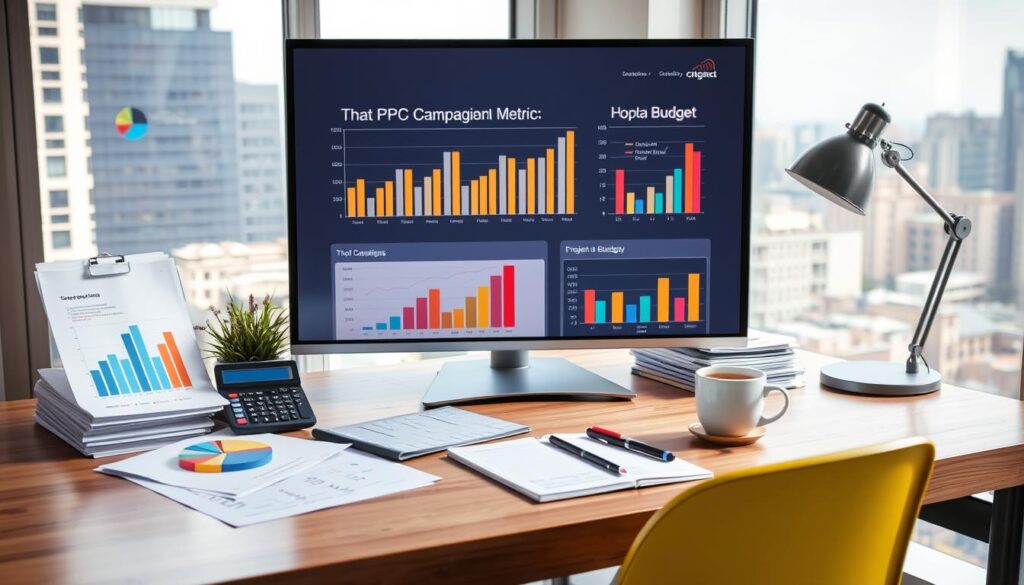
By using these tips, you can manage your budget well and make the most of your PPC campaigns. Always keep an eye on your budget and make changes as needed to keep your campaigns performing well.
| Factor | Description |
|---|---|
| Campaign Goals | What you want to achieve with your PPC campaign |
| Target Audience | Who you’re trying to reach with your ads |
| Industry Benchmarks | Average costs and conversion rates in your industry |
Targeting Options in PPC Advertising
Understanding targeting options is key in ppc marketing for beginners. We can target specific demographics, interests, and even remarket to users who have interacted with our brand before. This makes our ads more relevant and impactful.
Demographic targeting is a big part of ppc marketing for beginners. We can target users by age, gender, location, and more. This ensures our ads reach the right people. Interest-based targeting also lets us target users based on their interests or hobbies.
Remarketing is another great option. It targets users who have visited our website or interacted with our brand before. By targeting these users, we can get them to come back and complete a conversion. We can use remarketing lists to target specific groups, like those who abandoned their shopping cart or visited a certain page.
- Demographic targeting: target users based on age, gender, location, and more
- Interest-based targeting: target users who have shown an interest in specific topics or hobbies
- Remarketing: target users who have previously interacted with our brand
Using these targeting options, we can create effective ppc marketing for beginners campaigns. These campaigns can increase brand awareness, drive website traffic, or generate conversions. The key is targeting the right audience.
Targeting the right audience is crucial in ppc marketing for beginners. By using demographic targeting, interest-based targeting, and remarketing, we can create highly effective campaigns that drive real results.
| Targeting Option | Description |
|---|---|
| Demographic Targeting | Target users based on age, gender, location, and more |
| Interest-Based Targeting | Target users who have shown an interest in specific topics or hobbies |
| Remarketing | Target users who have previously interacted with our brand |
Crafting Landing Pages That Convert
For beginners in ppc strategies, a well-made landing page is key to getting results. We know that the quality of landing pages can greatly affect a PPC campaign’s success. As we explore landing page optimization, it’s vital to focus on the important elements for a high-converting page.
A clear headline, engaging content, and clear calls-to-action are crucial. These elements can significantly impact our page’s success. For example, clear and concise language builds trust and credibility, leading to better conversion rates.
Some top tips for making landing pages that convert include:
- Using headlines that grab attention and fit our ppc strategies for beginners
- Creating content that meets our audience’s needs and interests
- Optimizing our page for mobile devices for a smooth user experience
By following these tips and continually testing and improving our landing pages, we can boost our conversion rates. As we refine our approach, we’ll create landing pages that truly work and drive real results for our business.
Tracking and Measuring PPC Success
To see how well our PPC campaigns are doing, we need to track and measure important metrics. This is where ppc management basics are key. By setting up conversion tracking, we can watch things like click-through rates (CTRs) and cost per conversion (CPC). This info helps us make better choices for our campaigns.
We follow these steps to track and measure PPC success:
- Set up conversion tracking to monitor campaign metrics
- Monitor click-through rates (CTRs) and cost per conversion (CPC)
- Use data to inform campaign optimizations
Regular reporting and analysis are key to improving our marketing plans. By looking at our data, we can spot where we can get better. This is a never-ending task that needs constant checking and tweaking.
Some important metrics we keep an eye on include:
- Conversion rate
- Cost per conversion
- Return on ad spend (ROAS)
By tracking and measuring these metrics, we make sure our PPC campaigns are working well. This is a big part of ppc management basics and helps us reach our marketing goals.
Common PPC Mistakes to Avoid
Pay per click advertising can go wrong even with the best intentions. Knowing the common mistakes and how to avoid them is key to success. We’ll explore the most common errors and offer tips to avoid them.
To avoid pay per click advertising mistakes, you need to understand your campaign’s goals and who you’re targeting. This means managing your budget well, picking the right keywords, and testing thoroughly. Being aware of these pitfalls helps you navigate what is ppc advertising better and get more from your investment.
Budget Mismanagement
Managing your budget poorly can quickly use up your funds without getting the results you want. It’s crucial to set a budget and watch your spending. You might need to set daily limits or adjust your bids to stay within budget.
Poor Keyword Selection
Choosing the wrong keywords can bring in the wrong kind of traffic and waste money. Good keyword research and picking keywords that match your campaign’s goals are key. Use tools to find relevant keywords, look at what competitors are doing, and keep refining your list.
Inadequate Testing
Not testing enough is another big mistake that can hold your campaign back. This includes not trying out different ads, landing pages, or targeting options. By testing and analyzing, you can find ways to improve and make better decisions based on data.
By steering clear of these common mistakes, you can make your pay per click advertising campaigns more effective. Whether it’s budgeting, keyword selection, or testing, a careful and strategic approach to what is ppc advertising is vital for success.
| Mistake | Consequence | Solution |
|---|---|---|
| Budget Mismanagement | Wasted Spend | Set Clear Budget Parameters |
| Poor Keyword Selection | Irrelevant Traffic | Conduct Thorough Keyword Research |
| Inadequate Testing | Suboptimal Performance | Conduct Regular Testing and Analysis |
Advanced PPC Strategies for Growth
Exploring advanced ppc strategies is key to boosting our campaigns. We’ll look at audience targeting, ad extensions, and Google Ads scripts. These tools can make our campaigns better and increase conversions.
Audience targeting is a crucial part of advanced ppc. It includes remarketing and lookalike targeting. These methods help us reach users who might be interested in our brand. This can lead to more conversions and better ad spend returns.
Ad extensions are also vital. They add site links, callouts, and call extensions to our ads. This gives users more info and can encourage them to click. Using ad extensions well can boost our ad visibility and click-through rates.
Google Ads scripts are another powerful tool. They automate tasks like bid adjustments and ad rotation. This saves time and improves campaign performance. Scripts also help us analyze data and make better decisions.
By using these advanced strategies, we can elevate our ppc campaigns. Whether we aim to boost conversions, improve ad spend, or drive more website traffic, these tactics can help. They’re essential for growing our business.
Integrating PPC with Other Marketing Channels
As a beginners guide to ppc, it’s key to know PPC works best with other marketing channels. This way, businesses can reach more people and grow online. For ppc marketing for beginners, combining PPC with social media, email, and content marketing is crucial.
We can link PPC with other marketing channels in several ways:
- Social Media Integration: Promote PPC campaigns on social media to boost brand awareness.
- Email Marketing Synergy: Use email to promote PPC and boost conversions.
- Content Marketing Alignment: Promote PPC through content marketing to increase brand awareness.

By combining PPC with other marketing channels, businesses can grow online, reach more people, and boost sales. This multi-channel strategy is vital for ppc marketing for beginners. It helps businesses meet their online marketing goals.
| Marketing Channel | Integration Benefits |
|---|---|
| Social Media | Increased brand awareness, targeted advertising |
| Email Marketing | Increased conversions, targeted promotions |
| Content Marketing | Increased brand awareness, targeted content |
Conclusion
Pay-per-click (PPC) advertising is a strong tool for businesses. It helps drive targeted traffic and boost conversions. By learning the basics and optimizing your campaigns, you can achieve great results.
Whether you run a small business or work in marketing, this guide is for you. It helps you understand what is ppc advertising and use pay per click advertising to its fullest. Stay updated, test your strategies, and mix PPC with other marketing to grow your business.
The beginners guide to ppc is just the beginning. The more you learn and practice, the better you’ll get at using PPC. Start your journey and let this guide help you in the world of digital marketing.
FAQ
What is PPC Advertising?
PPC stands for Pay-Per-Click. It’s a way to advertise online where you only pay when someone clicks on your ad. This method helps drive traffic to your site and only costs you when someone interacts with your ad.
How does PPC Advertising work?
PPC works by creating ads and bidding on keywords. When someone searches for those keywords or visits a site with your ad, it might show up. If they click it, you pay a set amount, known as cost-per-click (CPC).
What are the key components of a PPC campaign?
A PPC campaign has several key parts. You need to pick the right keywords, organize them, write catchy ad copy, and create landing pages. You also need to set a budget to manage your spending.
Why should businesses use PPC advertising?
Businesses use PPC because it lets them target their audience effectively. It offers quick visibility, valuable data, and the chance to tweak campaigns for better results. This makes it a smart choice for many companies.
How do I determine my PPC advertising budget?
To figure out your PPC budget, think about your goals, who you want to reach, and how competitive your keywords are. Start with a budget you can handle and adjust it as needed to get the best return on investment.
What are the different targeting options in PPC advertising?
PPC offers many targeting options. You can target by demographics, interests, or even people who’ve visited your site before. Using these options helps you reach the right people more effectively.
How do I measure the success of my PPC campaigns?
To see how well your PPC campaigns are doing, track metrics like click-through rate, conversion rate, and cost-per-click. Analyzing these regularly helps you improve your campaigns and meet your marketing goals.
What are some common mistakes to avoid in PPC advertising?
Avoid common mistakes like mismanaging your budget, choosing the wrong keywords, and not testing or optimizing your campaigns. Also, don’t ignore tracking and analyzing your data. Staying informed and proactive can help your PPC efforts succeed.




